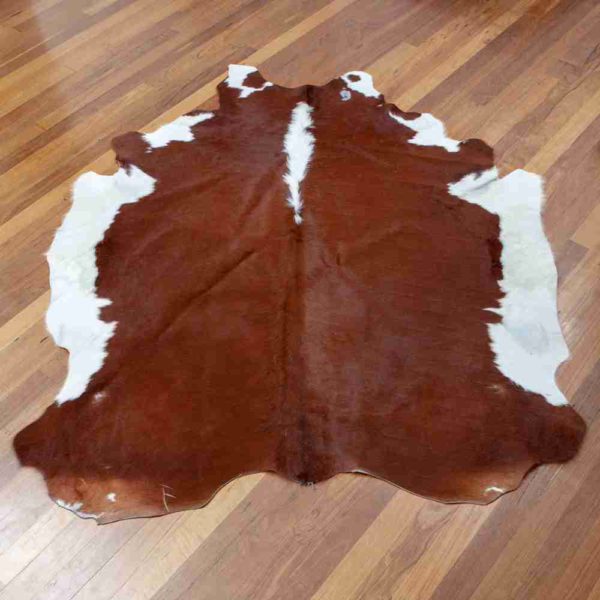

The Petaluma Adobe, built by General Mariano Guadalupe Vallejo in 1836 on Rancho Petaluma.

For example, Rancho San Diego is now an unincorporated "rural-burb" east of San Diego, and Rancho Bernardo is a suburb in San Diego. Land development from that time forward has often followed the boundaries of the ranchos, and many of their names are still in use. The ranchos were often based on access to resources necessary for raising cattle, such as water and adequate grazing lands and water. Their workers included Native Americans who had learned Spanish while living and working at one of the former Missions. The "rancheros" (rancho owners) patterned themselves after the landed gentry of New Spain, and were primarily devoted to raising cattle and sheep.

The rancho boundaries became the basis for California's land survey system, and are found on modern maps and land titles. The ranchos established permanent land-use patterns. Mexico issued about 270 land grants between 18. Spain made about 30 concessions between 17. The indigenous peoples of the Americas ("Indians"), landless, became virtual slaves of the rancheros. But the Native Americans were quickly brushed aside by Californios who, with the help of those in power, acquired the church lands as grants. When the government secularized the Mission churches in 1833, it required that land be set aside from their holdings for each Neophyte (or converted) Indian family who had been living at the missions. Most ranchos granted by Mexico were located along the California coast around San Francisco Bay, inland along the Sacramento River, and within the San Joaquin Valley. Unlike Spanish Concessions, Mexican land grants provided permanent, unencumbered ownership rights. The grants were usually two or more square leagues, or 35 square kilometres (14 sq mi) in size. These Concessions reverted to the Spanish crown upon the death of the recipient.Īfter independence, the Mexican government encouraged settlement in these areas by issuing much larger land grants to both native-born and naturalized Mexican citizens. The Spanish Concessions of land were made to retired soldiers as an inducement for them to settle in the frontier. The Spanish and Mexican governments made many concessions and land grants in Alta California (now known as California) and Baja California from 1775 to 1846. The Guajome Adobe, built 1852–53 as the seat of Rancho Guajome.


 0 kommentar(er)
0 kommentar(er)
